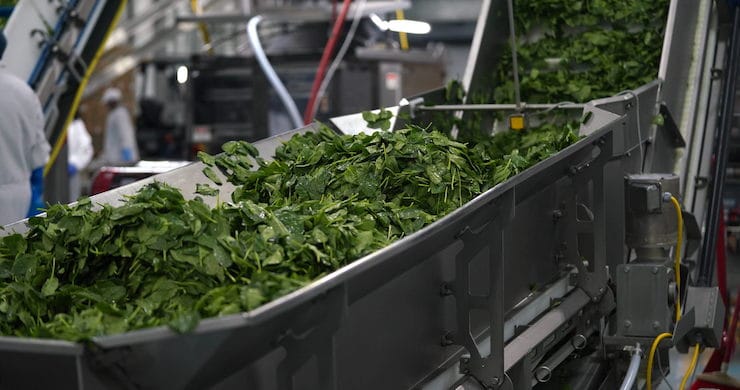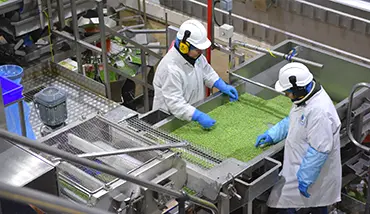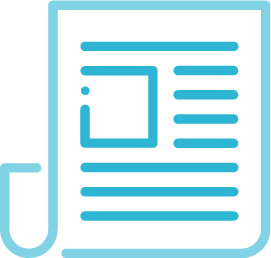Posted by Zosi Team

Beyond maintaining regulatory compliance, effective regulatory change management is critical to your food production and manufacturing business’s success and sustainability.
Of course, the implementation process provides its own set of challenges depending on the company size, industry, breadth of regulatory guidelines, and so much more. However, companies can utilize an integrated approach to help plan, implement, and monitor new regulations and revisions.
Monitor the Regulatory Environment
To begin, gather timely and accurate information on the regulatory environment. Is there a single source of data from the regulator containing tracked updates? If so, this guidance will be a vital source for your business’ implementation timeline.
An excellent resource for helping to source and interpret information related to regulatory changes is events put on by regulators and training partners.
Identify Relevant Regulatory Changes for Compliance
Next, you’ll need to summarize, analyze, and classify changes as relevant to your organization. Having this information in plain language will help you quickly and efficiently perform impact and threat assessments.
Perform an Impact and Threat Assessment
Now, you’ll need to determine which employees the regulatory changes affect. What internal policies govern their work? Will changing these processes impact any legal requirements? Determine the practical impact of regulatory changes on everyday tasks to avoid bottlenecks and audit non-conformances later on.
Provide Training
Communicate the planned changes to affected employees, i.e., those carrying out the regulatory change. Provide them with adequate training and context on adapted processes, policies, and procedures. This may require multiple and consistent refreshers.
Deploy Changes and Produce Reports
Finally, deploy the changes to processes, policies, and procedures in your organization. Of course, you’ll need to demonstrate how your facility conforms to new regulations. Reports should provide insight into the current state of change management, action items by priority, and any hazard or risk assessments.
Conclusion
These change management tactics come together to ensure a smooth transition in your facility and continued regulatory compliance within your industry. To learn more about resources for SQF Edition 9 compliance, consider Zosi and SQFI’s live start here.


 Implementing SQF Fundamentals – Intermediate: Exam
Implementing SQF Fundamentals – Intermediate: Exam
 Implementing SQF Systems – Manufacturing: Exam
Implementing SQF Systems – Manufacturing: Exam

